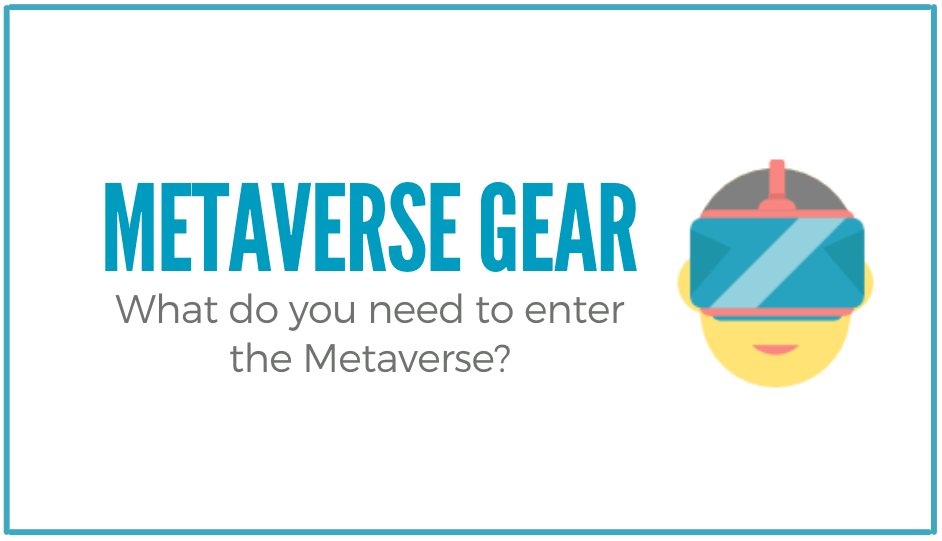Metaverse devices can help you enter the exciting world of the metaverse. Metaverse gear is fascinating, but it’s not easy to choose the proper devices to enter. In this post, you’ll learn about the top metaverse devices and their alternatives. Metaverse investments range from VR headsets to haptic gloves. With recent developments, communicating with the metaverse will be seamless and exciting, attracting more users to the digital world in the process.
Table of Contents.
1. Metaverse Technology
The word “Metaverse” is popular today, yet it’s been around for a while. Neal Stephenson coined the term in his science fiction novel “Snow Crash”. The author envisioned a 3D simulation filled with lifelike virtual avatars. The world has changed since 1992, and so has the Metaverse. Augmented reality, virtual reality, 3D holographic avatars, and improved communication systems. The Metaverse will build on these experiences and enhance them even more with cutting-edge technology.
Metaverse gear and devices are an essential component to start your journey on the Metaverse (how to join the Metaverse?). Below, we present a list of the type of devices considered “Metaverse gear” that you can use to immediately start on the Metaverse.
A. Smartphones
The smartphone is more than sufficient to begin exploring the metaverse. There are, of course, some factors to consider, such as the present capabilities of the device and whether the metaverse platforms the user wishes to enter, have a mobile app available. For now, most modern smartphones are compatible with the most popular metaverses, including The Sandbox and Axie Infinity. Samsung has already demonstrated its commitment to the mobile metaverse market. For now, smartphones, with their hardware, are helpful in enjoying various augmented reality games and platforms.
B. AR Glasses
Apps such as Instagram, Snapchat, and TikTok offer a variety of Augmented Reality (AR) filters that have proven to be popular with users worldwide. AR glasses will serve as an extension of this virtual world, enhancing digital experiences and providing access to the metaverse. These AR glasses are metaverse devices that cannot be overlooked, as they are intelligent wearables that facilitate embodied experiences.
The possibility of accessing the metaverse has provided manufacturers of Virtual, Augmented, and Mixed Reality (VR/AR/MR) displays with new motivation. Although the Oculus Rift, Google Glass, and Magic Leap One have been discontinued, new versions are on the way. A new line of smart glasses will hit the market, promising a more comfortable experience for wearers than earlier devices such as the Oculus Rift, Google Glass, and Magic Leap One.
C. Computers (PC)
As the metaverse evolves, so will the need for computers to be equipped with more powerful graphics processors in order to stay up with the computational power required to keep up with the rate of the Metaverse innovation. Intel, one of the world’s largest chipmakers, has forecasted that “a 1,000x increase in power is required over our existing collective computing capability,” as well as the need for stronger computing, storage, and networking infrastructures to fulfill the demands of running the Metaverse. However, because the Metaverse is still in its infancy, the configuration we used previously worked perfectly.
D. VR Headsets
Virtual Reality (VR) headsets are an essential gear for metaverse to get the most out of the virtual world experience. VR metaverse devices immerse the user completely in the metaverse. This type of metaverse equipment removes the senses from the physical world and replaces them with an entirely new universe. Virtual Reality (VR) headsets utilize technology such as gyroscopes, accelerometers, magnetometers, etc. A stereoscopic head-mounted display gives separate images for each eye. These devices are steadily gaining popularity among metaverse devices.
E. VR Gloves
The metaverse is intended to engage all five senses so that the virtual experiences are as close to reality as possible. Using VR gloves or meta-haptic gloves, Virtual Reality (VR) items can be felt as if they were real. These hyper-real interfaces are currently available from firms like HaptX.
When using this type of glove technology and entering a VR or AR experience, the device’s control system will respond to what the user is attempting to touch by applying pressure to various portions of the user’s hand and fingertips. These gloves will allow the user to experience the feel of an object as they would in the real world. In conjunction with visual and spatial auditory cues, it contributes to touch perception.
2. The Best and Most Popular Metaverse Gear.
A. The Top VR Headsets.
i. Oculus Quest
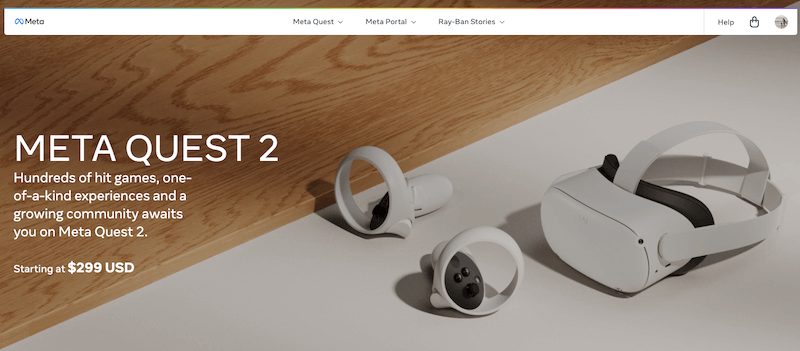
Oculus VR headsets began with a Kickstarter campaign in 2012 and are now owned by Meta (previously Facebook). The Oculus Rift was the first consumer-oriented metaverse gear innovation. The Oculus Quest 2 is an enhancement to the company’s famous Quest headset. Quest 2’s Qualcomm Snapdragon XR2 Platform has better AI capability and 6GB of RAM. As an affordable and quality VR starting point, the Oculus Quest 2 is a metaverse standard.
ii. Sony PlayStation VR
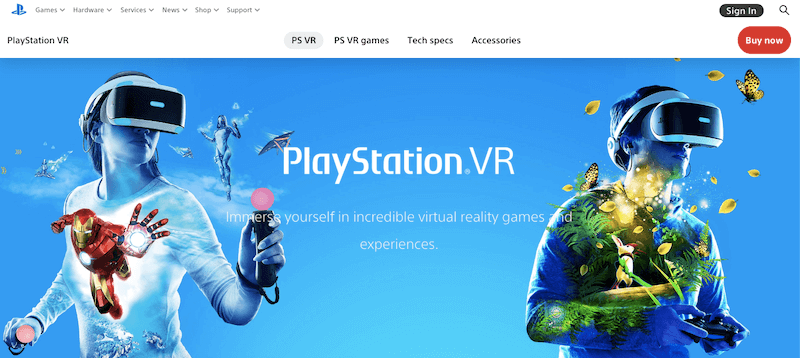
Sony’s VR2 blends next-gen VR technology with the PS5. The outcome is a console compatible with virtual reality. Sony PlayStation VR2 uses scenarios between Oculus and Valve. VR2 is wired. It has only one PS5 cord. Instead of external sensors, the VR2 uses inbuilt cameras for location tracking. Eye-tracking enhances the VR2’s immersion and responsiveness. 3D audio and a sensory function amplify in-game sensations.
iii. Valve Index.
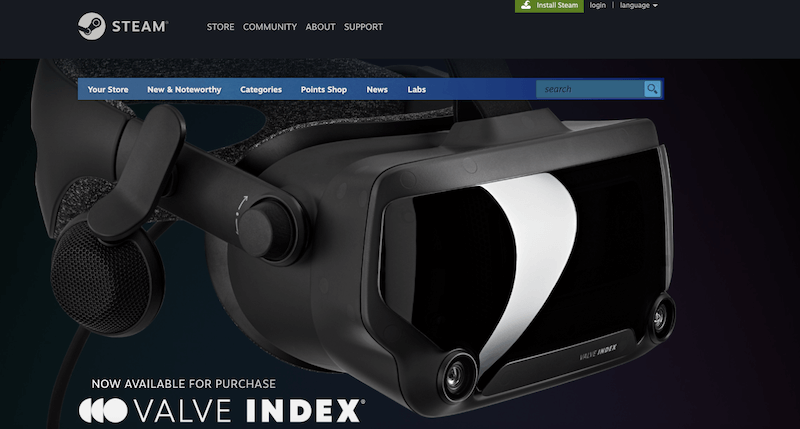
The Valve Index is a headset of the second generation, which was designed after the Oculus Rift had already cleared the road for virtual home reality. The Valve Index is a head-mounted, wired display. These are strategically distributed throughout an area for accurate tracking. But Valve had a different target audience in mind. By requiring a wired PC interface and external tracking stations, the Valve Index sacrificed some utility and user-friendliness. However, Valve Index had excellent visual quality.
iv. HP Reverb G2
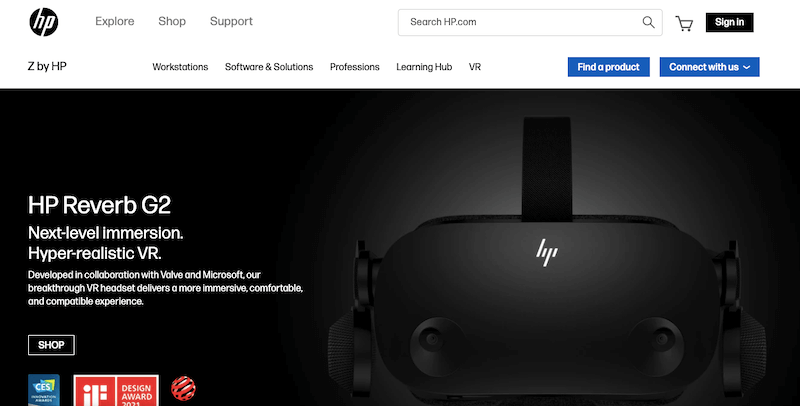
The HP Reverb G2 is Windows Mixed Reality (WMR) family’s metaverse device. Microsoft has thrown all of its holographic computing goals under this banner word. HoloLens is also a member of the WMR family. It has some aesthetically pleasing visuals and a high refresh rate for a fluid user experience.
B.Top AR Metaverse devices
Metaverse devices focused on augmented reality will overlay aspects of the metaverse on top of the real world. This type of metaverse gear can offer a uniquely different take on the concept.
i. Microsoft HoloLens 2.
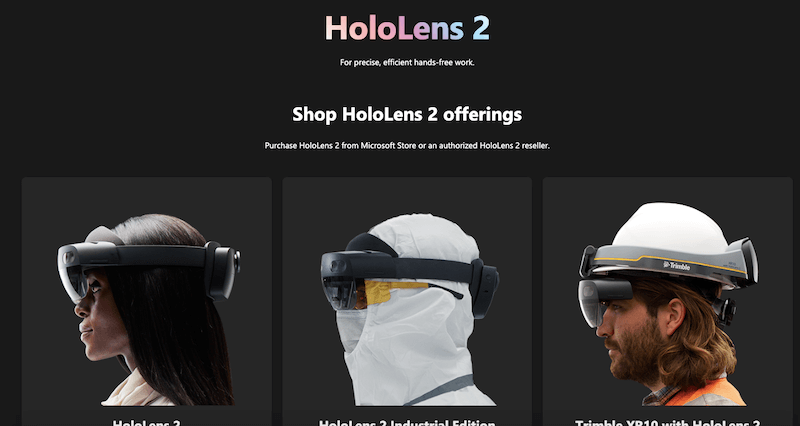
Microsoft’s HoloLens 2 comes in several trims based on the intended use. None are inexpensive; a regular gadget costs $3,500, and a hardhat-integrated variant costs $5,000. Many prominent firms have used HoloLens for manufacturing, engineering and construction, healthcare, and education. The device’s sensors are excellent. It uses optical sensors, cameras, microphones, light sensors, and Microsoft’s proprietary “Holographic Processing Unit.” The device can identify walls, objects, and layouts to introduce metaverse elements.
ii. MagicLeap.
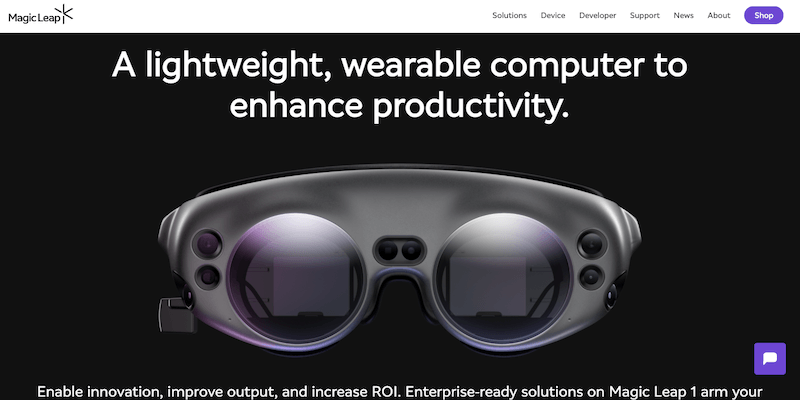
MagicLeap is among the most well-known augmented reality brands. The company was started in 2010 to develop wearable technologies. Their Magic Leap 1 augmented reality device stresses a combination of light form factor and high-performance computation. In addition to eye-tracking, hand-tracking, and voice input, the Magic Leap 1 streamlines augmented reality interaction further. Despite weighing only 316 grams, the Magic Leap 1 possesses impressive computing power.
Vuzix Blade Upgraded
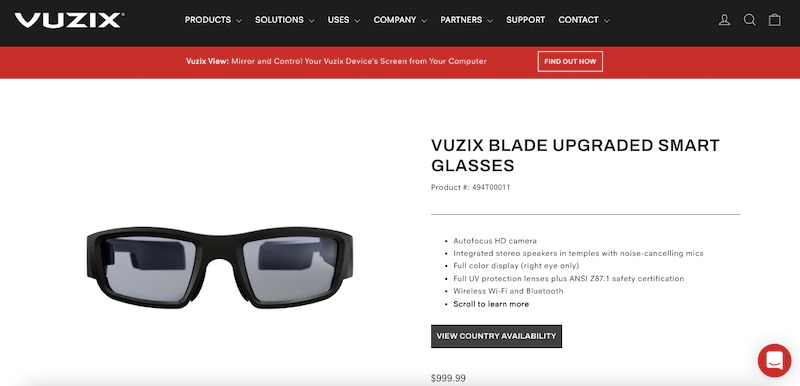
The Vuzix Blade Upgraded headset is designed for remote access to multimedia information at work, whether for dispersed field technicians or call center employees. Vuzix offers a variety of metaverse devices, including ones compatible with augmented reality. The M400 is a potent device that employs waveguides concentrated at around 1.5 meters that provides a paradigm for the sight that integrates with human vision more than competing technologies.
Google Glass Enterprise 2.
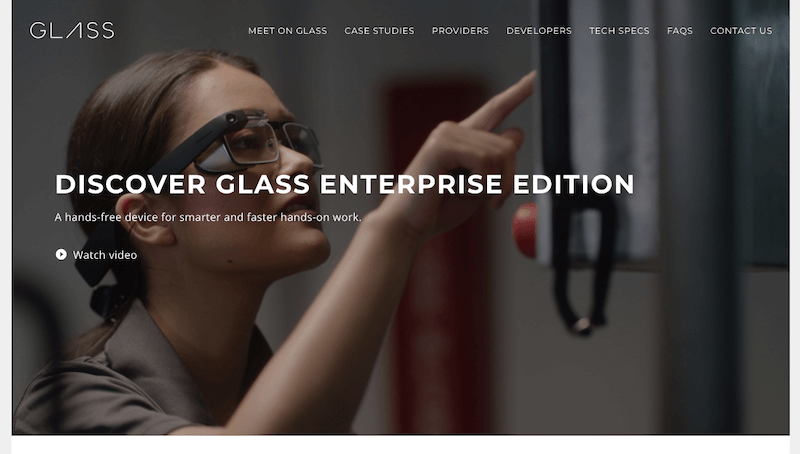
When Google Glass launched, it was a technological marvel, although without a clear use case. Google Glass Enterprise 2 builds on Google’s early edge in AR to give real value where it matters. Google’s latest Glass contains an XR1 processor with AI capabilities. The AI-powered design improves performance and optical processing. This metaverse gear supports 720p video with an 80-degree camera view.
Epson Moverio
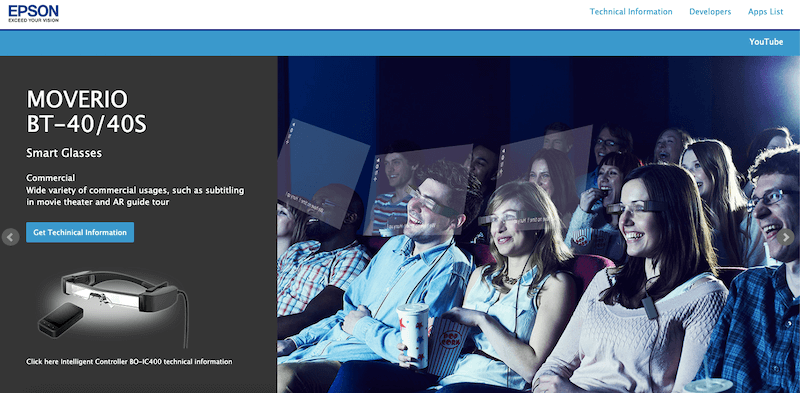
The Epson Moverio is a line of augmented reality smart glasses featuring a Si-OLDED display with superior visual clarity and a 34° field of view. The glasses even come in a variety of shapes and styles. Epson is notable because the Moverio is designed to accommodate numerous usage scenarios. The glasses perfectly complement the consumer space. Multiple activities can be enhanced by their use. However, Moverio is also making significant efforts to provide applications for professional and even industrial environments.
Final Thoughts.
Devices for the metaverse provide a means of accessing one of the newest technologies that are undergoing rapid development. This idea is reimagined in a different light by each piece of top-tier metaverse gear. Regardless of all, Metaverse presents incredible opportunities for users. In many cases, metaverse devices offer functionality comparable to that provided by the regular metaverse. The user should acquire the knowledge necessary to select the most appropriate gear for himself.

Nilesh Katuwal
Writes about blockchain, games, NFTs, DeFi, Metaverse, and Crypto.

